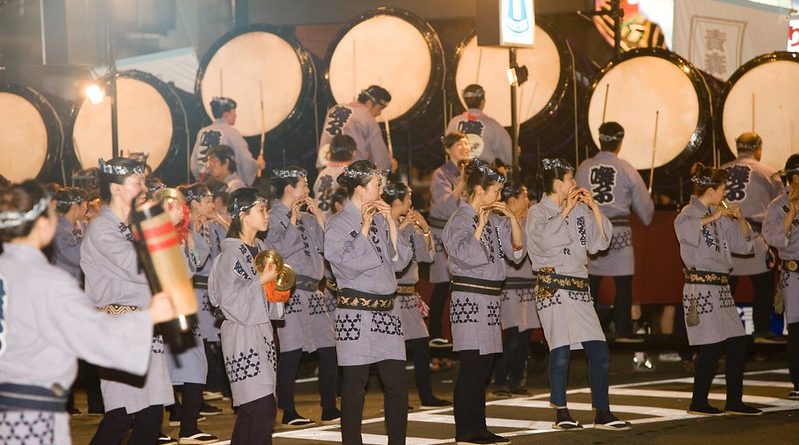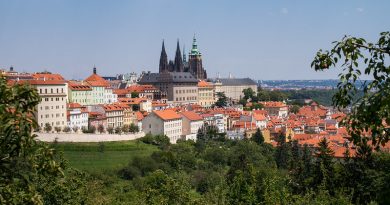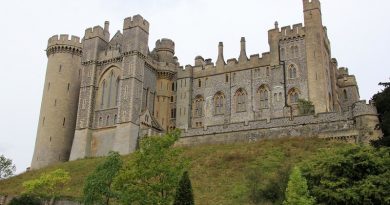The Nebuta Festival
The Nebuta Festival takes place from August 2th to 7th in the city of Aomori, which is located at the northern tip of Honshu, Japan’s main island. Nebuta means drowsiness. Similar to the Kanto Festival taking place in Akita during the same week, the festival has it’s origins in waking up sleepy souls with the fall harvest season coming up. There are Nebuta Festivals in various places in the Tohoku district, although the one in Aomori is the most famous. Last year, some 37 million sightseers came to the city for the festival. The Nebuta Festival is probably one of the best known and biggest events in Japan.
The festival features a parade of huge floats in the shape of samurai warriors. The floats are made with wooden or bamboo frames that are covered with brightly colored papier-mâché and lit from within by hundreds of light bulbs. Most of the warriors depicted are historically famous generals or characters from well-known Kabuki plays.
The 2004 Aomori City Hall float depicted a character called Musashibo Benkei. He was a man of extraordinary cunning, strength, and martial arts skill. He accompanied the warrior Minamoto Yoshitsune throughout all of the campaigns of the Taira-Minamoto War in 1180. After the war the victorious Minamoto Yoritomo turned against his brother Yoshitsune who fled with Benkei. When Yoshitsune was by his brother’s troops, Benkei, fighting alone to the death, held off the troops for long enough to give Yoshitsune time to commit an honorable suicide. The float depicted Benkei standing firm to the death whilst being shot with arrows.
As dusk approaches, the floats, which measureas high as eight meters (26 feet) and as wide as 15 meters (49 feet), are illuminated. They are then pulled along a 2.5-kilometer (1.5 mile) course by anything from four to 50 people. The festival in Aomori usually features around 20 floats.
One of the reasons for the popularity of the Nebuta Festival is the free participation of many Aomori citizens. Around each float are hundreds of male and female dancers called haneto, who parade around town to the accompaniment of flutes and drums chanting “Rasse-rah, rasse-rah.” Anyone can join the fun as a haneto by renting a costume from a local shop.
The peak comes on August 5th and 6th, when the largest number of floats are on display. On the final day – August 7th – the floats begin their procession in the afternoon. Later that the evening, three floats judged to be the best are taken to the sea and placed on ships for a cruise around the port of Aomori.




